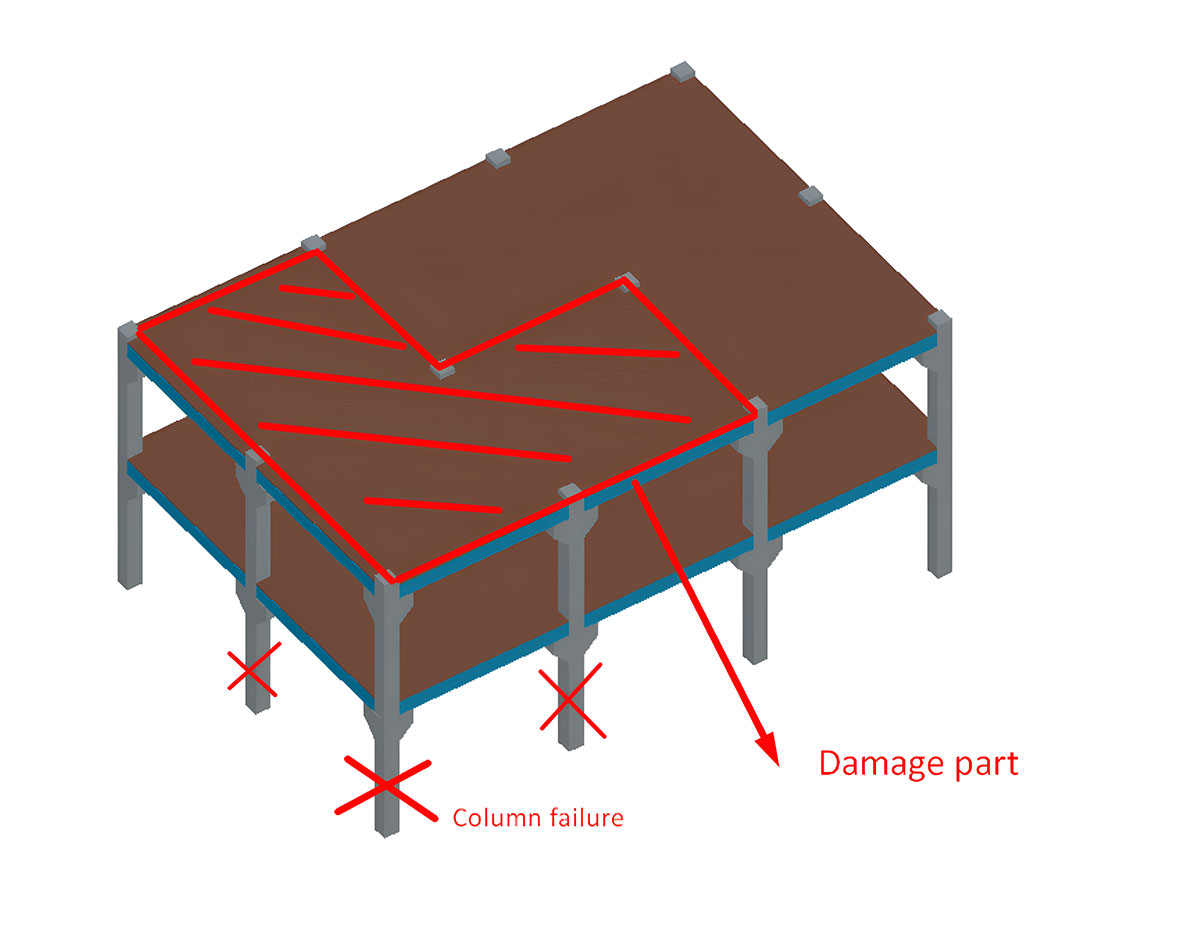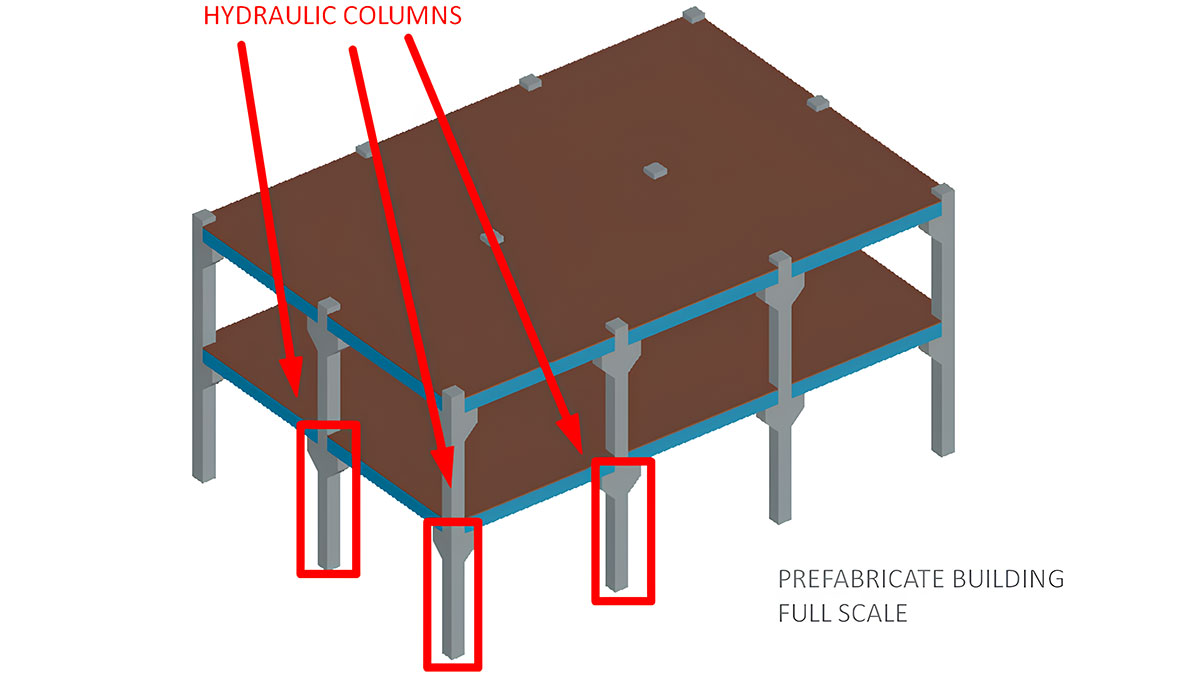A team of researchers at the Polytechnic University of Valencia, Spain, has developed an innovative construction method that prevents the total collapse of a structure in the event of any kind of eventuality. The method is intended to emulate lizards, which are able to shed their tails to escape predators.
The new method is based on a structure composed of prefabricated pillars, connected by beams, so that they become structural ‘fuses’. In this way, if one part of the structure fails, the damage does not spread to the rest, but the collapse is confined to a localised point.

To test the effectiveness of this system, the researchers built a full-scale model of a building with a floor plan of 180 m2 and two heights of 2.6 m each. Three of the supporting pillars rested on hydraulic jacks to cause the structure to fail. By inducing imbalance in the structure, the collapse did not affect the entire building, but was limited to the area whose pillars failed.
This new construction method has attracted the interest of many companies, as it represents a significant departure from traditional approaches. With it, the stresses, which until now were distributed throughout the structure, so that a failure in one part of the structure would be transmitted to the others in a domino effect, are limited to a specific space and a specific point. This model based on structural ‘fuses’ has the potential to significantly reduce personal and material damage in the event of natural disasters.

By Alberto Lopez, Senior Structural Engineer in Amusement Logic’s Architectural Dept.






